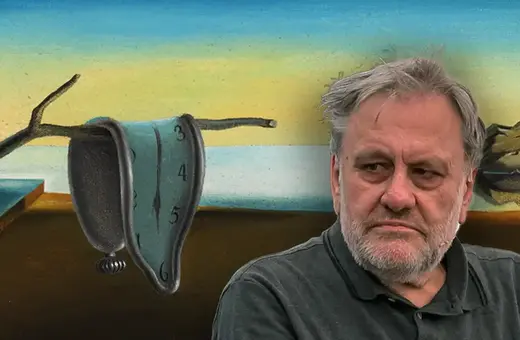Language separates humans from all the other animals on this planet. Birds may have their songs, bees may wobble their bottoms, but none of them can match us when it comes to describing the difference between a coffee cup, a runny nose and the theory of relativity. We have evolved language, a wonderfully complex system for manipulating, storing, retrieving and sharing meaningful symbols. Human language has given birth to human civilisation and all that we have achieved as a species, for better or for worse, over the past 50,000 years.
Naming things, abstract or concrete, is a form of categorisation, but it is important to remember that our categories say more about the categoriser than the categorised. This need not be problematic if the difference is trivial. The philosopher Wittgenstein showed how words are fundamentally and necessarily imprecise; every effort to use a word to describe something and communicate it to another, is in some senses doomed to failure, because it can only be an approximation generated from that person’s individual experience of that word in his or her world.
Problems really begin, however, when the terms that we use to describe and classify our world go beyond the philosophical into the domain of suffering. Pain, illness, death and dying are hard to dismiss lightly. When it comes to talking about disease, we need to keep our misunderstandings to a minimum.
For the past 5,000 years, from the medical writings of the Hindu Ayurvedas, via the works of Hippocrates, Galen and the great Islamic physicians of the first millennium to Sydendham and Virchow, doctors have known the importance of recognising a disease and giving it a name. The word we use for this is diagnosis. The etymology of the word tells us that diagnosing something is much more than simply naming it. Dia implies an embracing of the entire of something, whereas gnosis roughly translates as the concept of knowing. Diagnosis, then, is what we do when we are moving deeper into the heart of something rather than simply naming it.
Diagnosis works best when we have some idea of what is going on. It allows us to make important distinctions between things, in the same way as we may use visual patterns to tell a giraffe from a zebra. In this respect, scientific medicine has come a long way, particularly in regard of illnesses where clear biological – or perhaps the better term mechanical – explanations underpin our ideas about the disease. In such cases, diagnostic precision can be remarkable. It allows us to, as Wordsworth put it, “cleave nature at the joins”. Because of this, diagnosis serves many functions beyond description; it can point to the cause and the course of the condition and, from this, it can guide what we do about it, in other words treat it. Or rather, treat the person who suffers with it.
Very few people are happy to be ill. Doctors know that patients come to them in a state of demoralised uncertainty. Communicating with someone perceived as expert at identifying your problem and doing something about it is one of the most important parts of the healing process.















Join the conversation